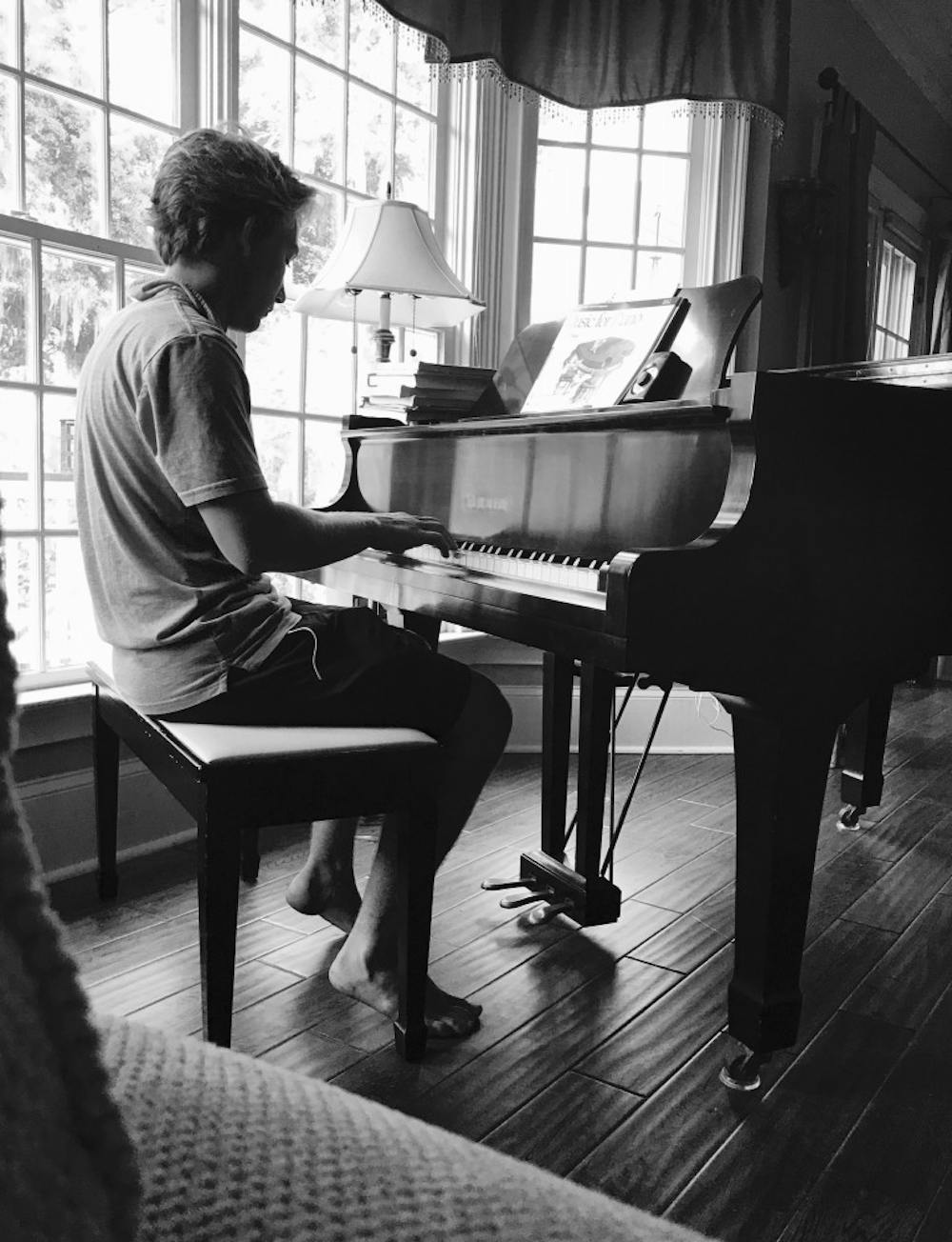Logic and creativity often sit opposite one another. They occupy separate hemispheres of our brains and tug people into certain categories — those who adore numbers and those who can’t stand them, those whose hands were born to create and those who can’t draw a respectable stick figure.
Yet, there is a very hefty portion of middle ground here. People should consider logic and creativity to be in union with one another rather than in conflict, because they are inextricably linked and they both do a beautiful job of explaining the world around us.
Music, for example, is largely tied to emotion. It is a method used to communicate intense human experiences that are difficult to articulate or perhaps challenging to make sense of through pure reasoning.
The very nature of music’s purpose, then, is not compatible with analytical thought processes — thought processes which tend to discount emotions or compartmentalize them. I have friends who claim that “music is the closest thing to God” or “music is my religion,” and neither of these statements are necessarily driven by reason.
Yet, there is mathematics in music. There is a logic to it.
Mathematician and pianist Eugenia Cheng argues that Johann Sebastian Bach, for instance, was able create his piece “The Well-Tempered Clavier,” because of a new understanding in harmonic series — a fundamental aspect of calculus that many of us have trudged through without much insight into its practical application. The breakthrough enabled his piece to be more pleasing to the ear, which in turn, evokes those feelings from the audience that seem contradictory to rational thinking.
Mathematics can be found in words too; even the most abstract form of writing, such as poetry, posses patterns and rational explanations as to why they sound good to us. Of course there are other factors at play here, but poetic meter and foot are certainly vital components of the way we read poetry.
In an article titled “Why writers should learn math,” Alexander Nazaryan, journalist and contributor to the New Yorker, wrote, “I am pleading, instead, that fiction think more deeply and determinedly about how it is to be composed and what it is to say — that is the best gift mathematics could give us.”
Coming at this from the other angle, higher level mathematics is extremely reliant upon creativity as well. Consider vector calculus; everything depends on a fundamental understanding of three-dimensional space.
This type of math is not formulaic and not exactly intuitive for some people — even those who love crunching numbers. Rather, it is a highly visual concept, one that people with spatial intelligence are more likely to grasp.
And spacial, visual intelligence is abstract. It is something that many artists must possess, or else they would not be able to adequately communicate their emotions and ideas to the general population.
Mathematicians, engineers and architects are not in a world separate from art. Likewise, musicians, dancers and poets are not lacking rationality.
When you decide to see creativity and logic as married to one another rather than in constant opposition, pieces of the world that you may not have previously connected come together.
And you might realize that your knack for numbers makes you an artist — even if your attempt at drawing stick figure is still far from respectable.

